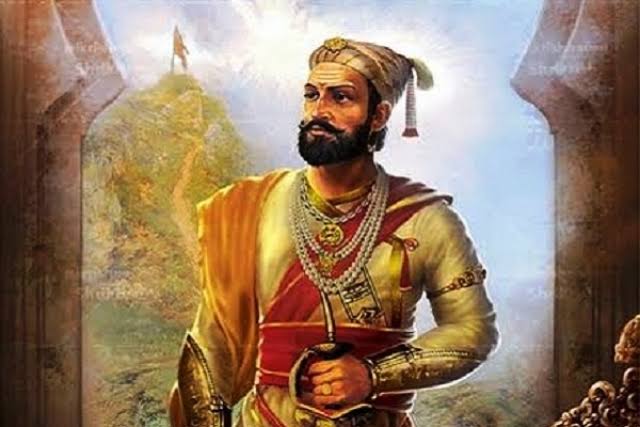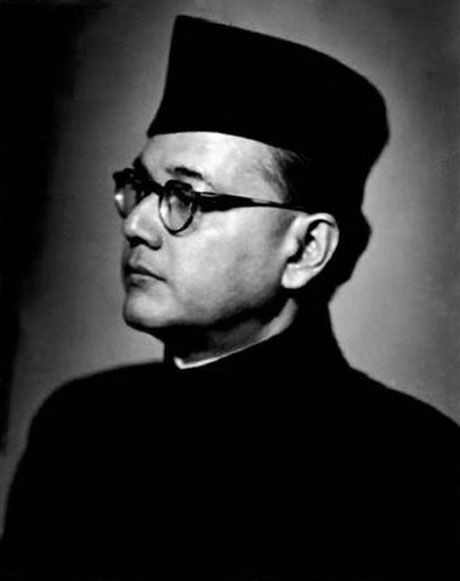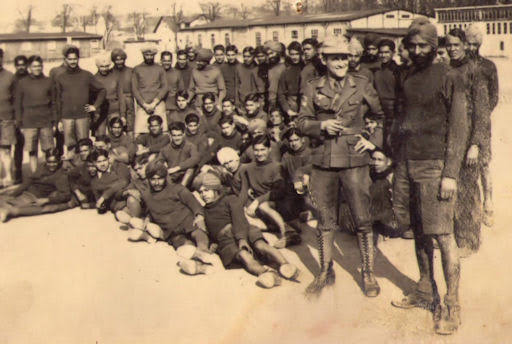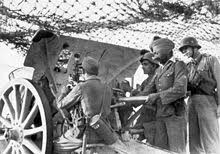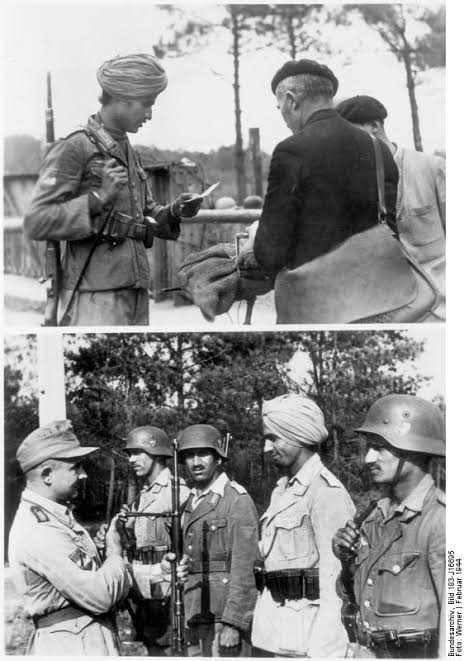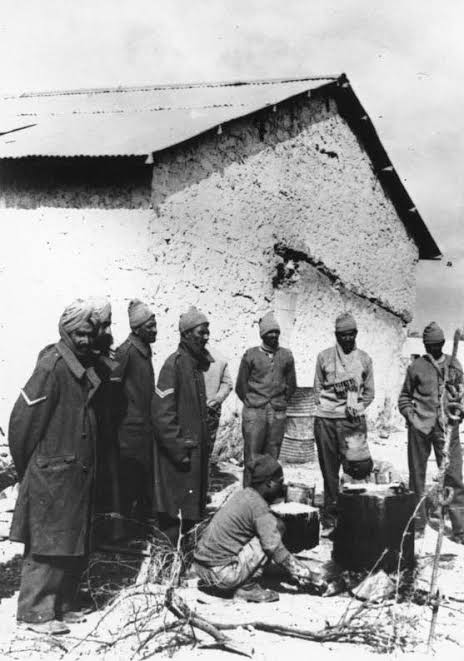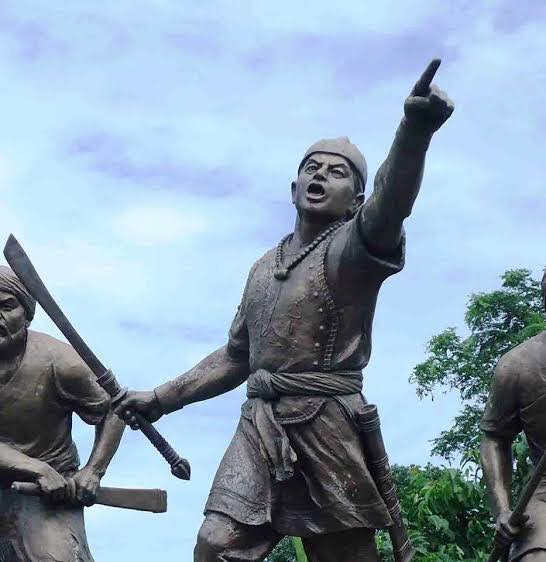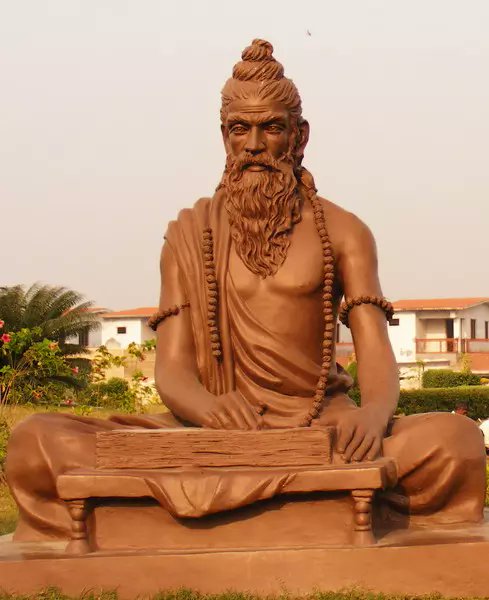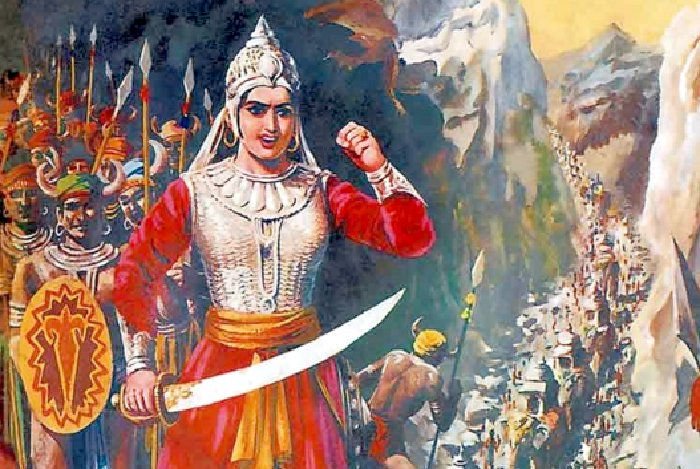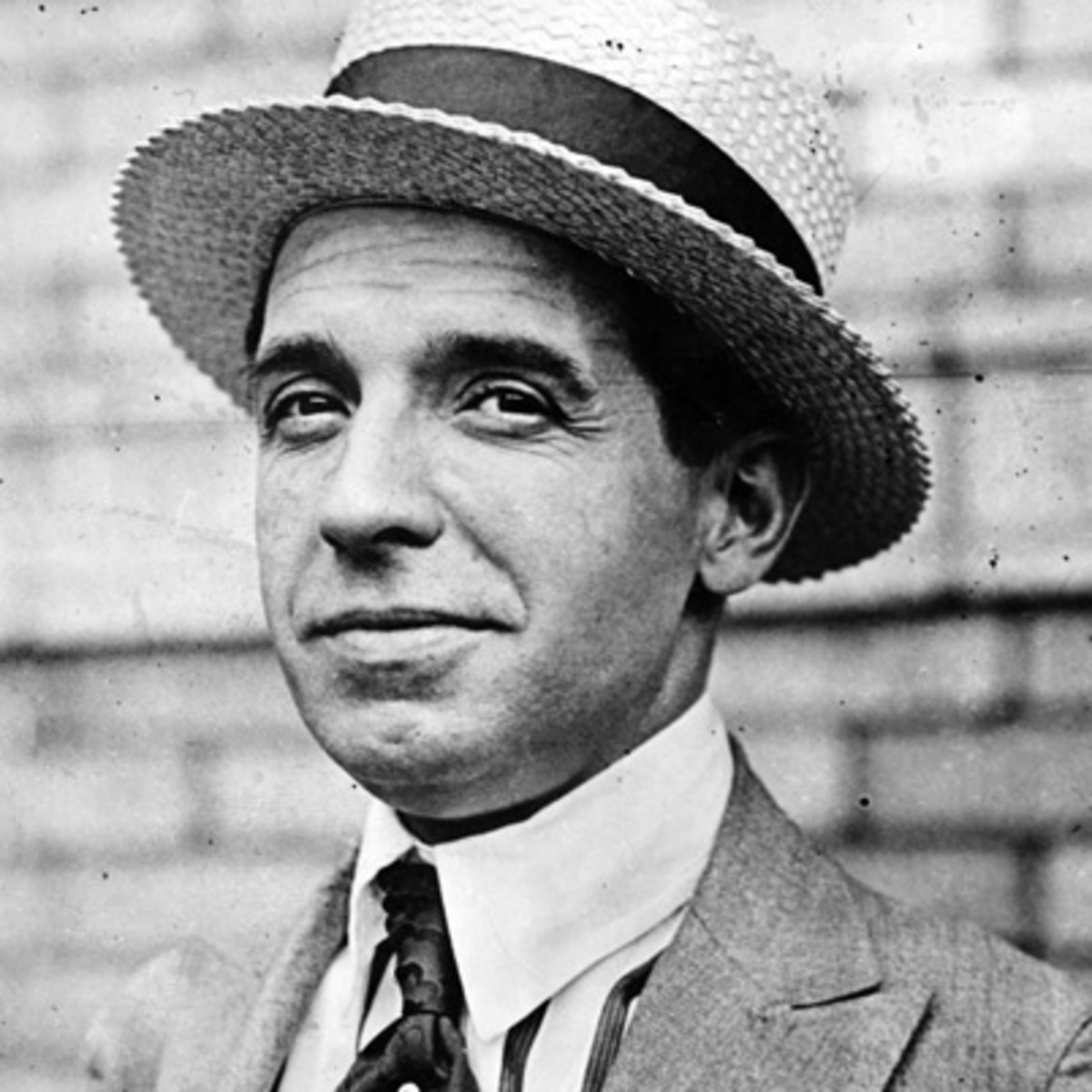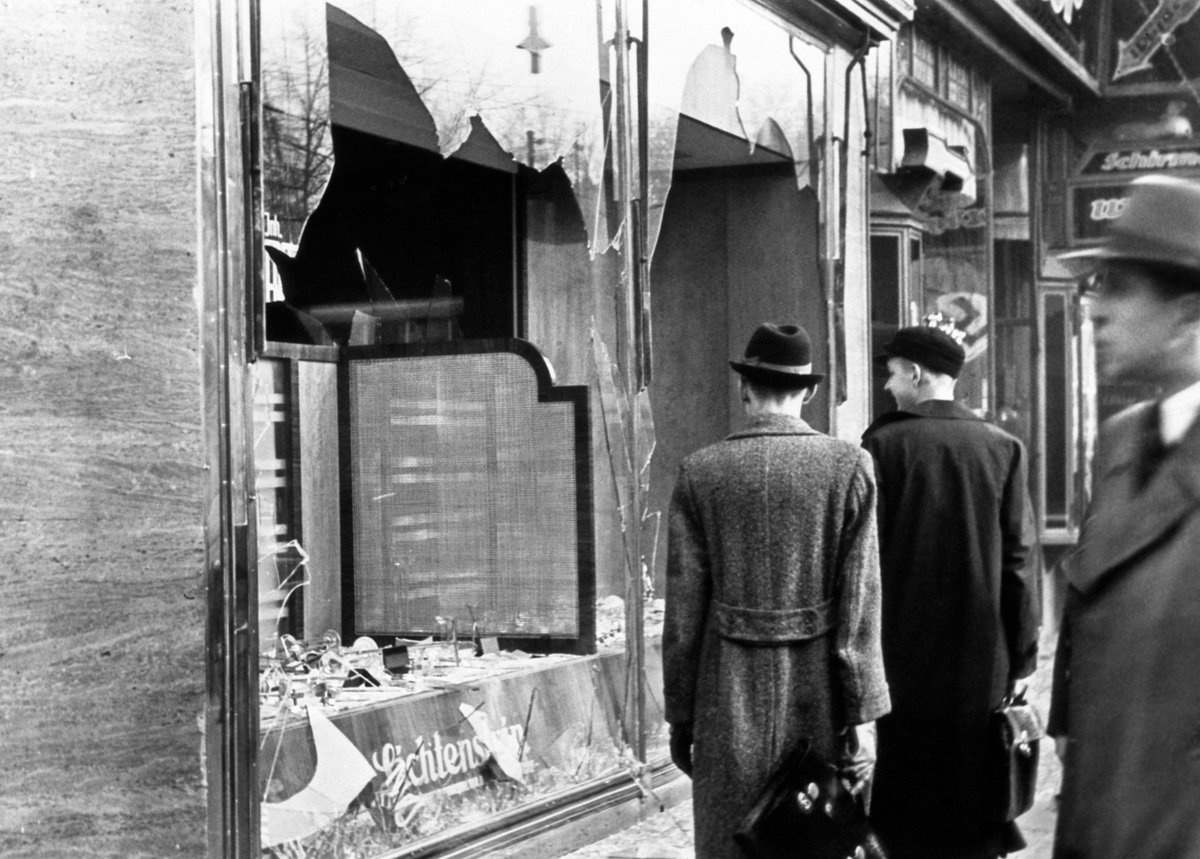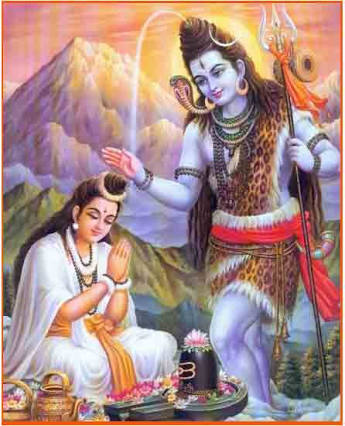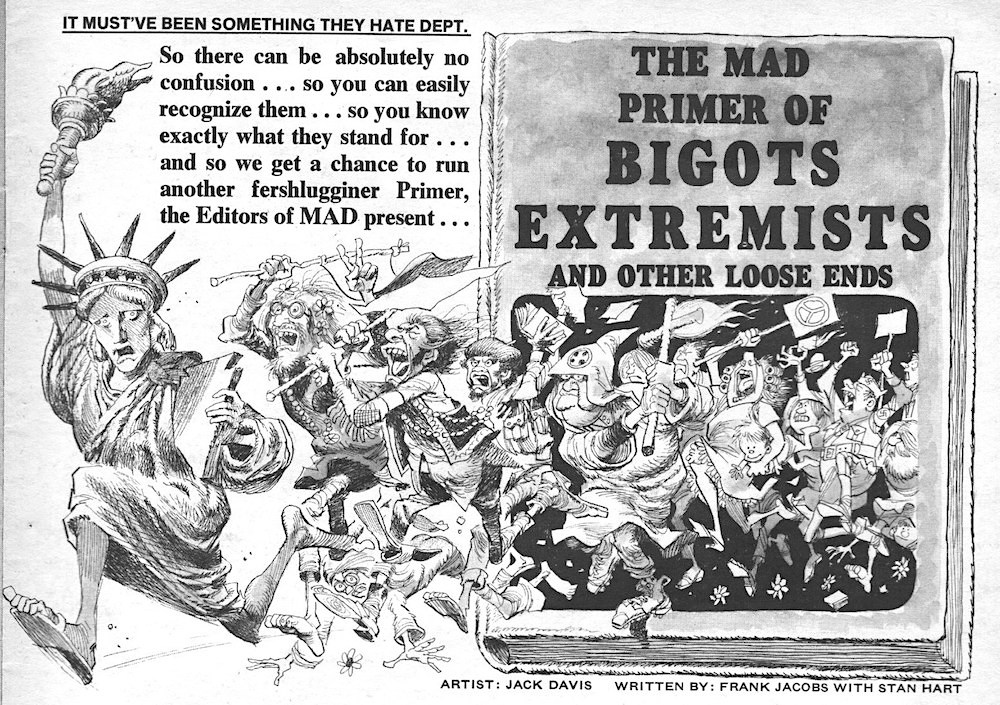Shivaji’s growing influence in Maval region, made him a threat to the Adil Shahi ruler of Bijapur who sought to restrain him. The man who was given the responsibility of this mission, was their commander, Afzal Khan. Afzal was a formidable warrior known for his ruthlessness.(1)
His strategy was to bring Shivaji out into the plains, where he held an advantage, compared to the rocky Deccan terrain. Afzal attacked the holy town of Pandharpur, and later demolished the temple of Bhavani at Tuljapur to instigate Shivaji in a bid to bring him out.(2)
Shivaji was angry but remained patient. Knowing that he could not defeat Bijapuri Sultanate in an open battle, Shivaji moved to Pratapgarh fort, located on rocky heights, surrounded by thick forests of Jawali.(3)
This set the pattern for future Maratha attacks, using guerrilla warfare against larger invading armies rendering them ineffective in unfavorable terrain.(4)
Afzal tried courting the local deshmukhs, and one Khandoji Khopde, supported him. The most respected and influential deshmukh, Kanhoji Jedhe lent support to Shivaji.(5)
He not only supported Shivaji, but also convened a meeting of all the neighbouring deshmukhs and attained their support.(6)
He was one of the masterminds behind the planning and execution of the Battle at Pratapgarh, and was honoured with a "Sword of Honour" by Shivaji Maharaj.(7)
The Adil Shahi forces had 20k cavalry, 15k infantry, 15k of Afzal Khan’s personal army(cavalry and infantry) and 1500 musketeers. An artillery of 80-90 cannons, accompanied by 85 elephants and 1200 camels.(8)
Ranged against the Adil Shahi army, was a much smaller Maratha army assisted by Kanhoji Jedhe and other deshmukhs of Maval region. The cavalry was commanded by Netaji Palkar, who later became the cmdr in chief under Shivaji. Moropant Pingle led the infantry.(9)
Shivaji made Adil Shahis believe that he wasn't battle ready so wanted to pursue peace. This made their army get into a state of ease. They were out of the war mode. Psychological, information and deception warfare all in tandem.(10)
Shivaji sent an emissary to Afzal Khan stating he was ready for negotiations, and a meeting was arranged at the foothills of Pratapgarh. However both of them were accompanied by bodyguards just in case.(11)
Prepared for an ambush attack, Afzal Khan hid a small dagger in his coat, while Shivaji wore an armor under his dress that concealed the "Baagh Nakh" (tiger's claw), which he would use to eliminate Afzal.(12)
As Shivaji entered the tent, Afzal Khan, rushed to embrace him, apparently in a friendly gesture. However Afzal tried to strangle Shivaji, and plunged the dagger into his chest.(13)
The armour Shivaji was wearing saved him while he took out the Baagh Nakh concealed under his clothes, and counter plunged it into Afzal's belly.(14)
Afzal’s bodyguard Bada Sayyid, rushed to attack Shivaji, but he was struck down by Jiva Mahala, the latter’s bodyguard in a swift blow. Due to Jiva, Shivaji maharaj was saved.(15)
Writhing in pain, clutching his stomach, bl00d dripping, Afzal asked his palanquin bearers to carry him away. However another of Shivaji’s lieutenant Sambhaji Kondhalkar, chased down the fleeing Afzal, eliminating him.(16)
Shivaji ordered his cannons up the hill to fire, it was a signal to his cavalry headed by Kahnhoji Jedhe, who were waiting to swoop down on the Adil Shahi army. In the skirmish which followed, 1500 musketeers were routed.(17)
Moropant Pingle led the infantry towards the left flank, of the Adil Shahi forces, catching them unawares in a ferocious stealth attack. The artillery hardly had time to give cover, and the left flank was totally scattered, as the soldiers ran for cover.(18)
The enemy forces which were not anticipating a battle were lost into chaos and panic. With their general no more, it led to further loss of morale.(19)
As the Adil Shahi forces wilted under the onslaught, another cavalry unit led by Ragho Atre, swooped down on the Sultanate's cavalry, which was unprepared and were taken apart.(20)
Netaji Palkar pursued the fleeing Adil Shahi forces, who were attempting to reach Wai, to catch up with the reserve forces. They were decimated before they could reach Wai while the remaining ones including reserves fled towards Bijapur.(21)
The reserve army was gripped with uncertainty as to what was coming at them. Hearing about Afzal's fate and subsequent routs was enough for them to make a hasty retreat.(22)
Pratapgarh was a massive defeat for the Adil Shahis. They lost their entire artillery, 65 elephants, 5000 soldiers (another 3000 taken as prisoners), 4000 horses, 1200 camels and lakhs worth of cash, jewellery, precious stones.(23)
The Marathas on the other hand lost around 1700 soldiers, the relatives of the martyred soldiers were offered service in the army.(24)
Families that had no male support, were given pensions. Those who exhibited bravery in the war were presented with kada and horses. The sword of honour was presented to Kanhoji Jedhe for his invaluable support and heroism.(25)
As per Shivaji’s policy, the defeated combatants were treated with honour, none of them were taken as slaves, nor were their women dishonored.(26)
Wounded Adil Shahi commanders were treated, and sent back to Bijapur as per their ranks. Afzal's son Fazal, and the soldiers around him were given a safe passage.(27)
Afzal Khan himself was buried as per !slamic customs and a tomb was built in his honour at the foothills of Pratapgarh on orders of Shivaji maharaj.(28)
The battle proved to be a huge blow to the Adil Shahi kingdom. They lost their best general, one fifth of their army, and had to surrender a quarter of their territory along with 23 forts. It began Shivaji Maharaj’s ascent to power.(29)
